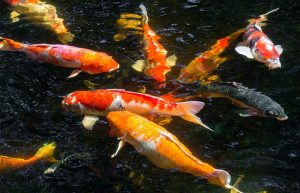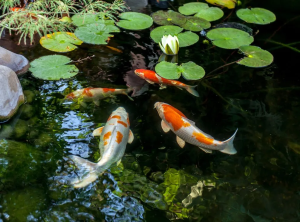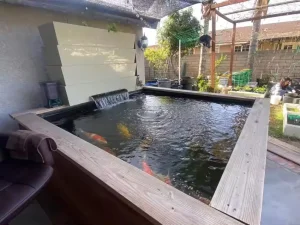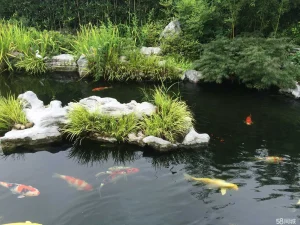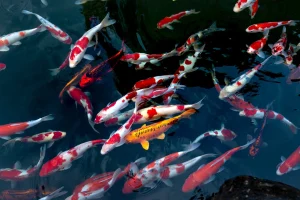Siniperca chuatsi
Siniperca chuatsi, also known as Guihua fish, is an indigenous freshwater fish native to China. It is known for its tasty meat and rich nutrition. It can be farmed in the vast majority of areas in China. And it has been farmed for thousands of years. Siniperca chuatsi usually feeds on small live animals in the water. His genes determine this characteristic. But in recent years, under the promotion of some domestic scientific research institutes, aquatic research institutions and farmers. Feeder Siniperca chuatsi has gradually entered people’s view. Through the improvement and optimization of genes, some species that are easy to tame the feed are selected. Feeding artificial compound feeds can significantly reduce the cost of Siniperca chuatsi farming. If Siniperca chuatsi is factory farmed and the breeding density is increased, the profit is still quite substantial.
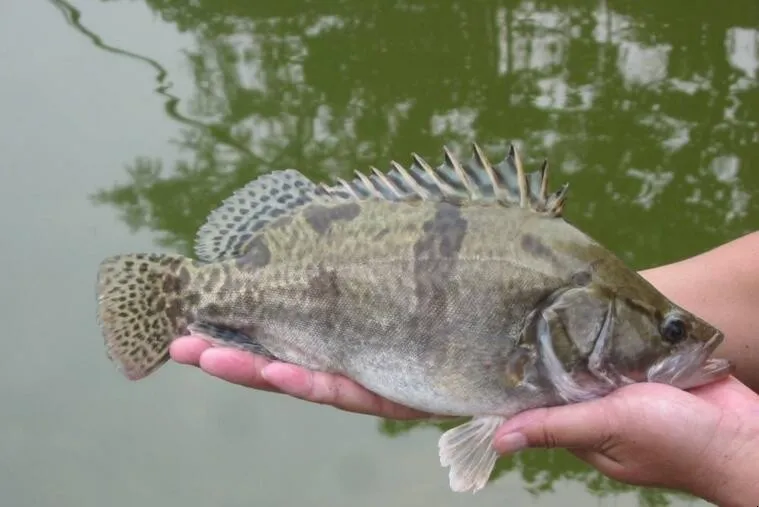
Traditional culture and market value of Siniperca chuatsi
Siniperca chuatsi has always been a relatively high-end fish. From the market in recent years, the average pond price is not less than 35 yuan per market catty. In this case its profit margin is still good. However, traditional Siniperca chuatsi farming requires five times the pond area of Siniperca chuatsi farming ponds to raise bait fish at the same time. These bait fish include species such as tetrahymena, pangolin, mackerel, and Brazilian snapper. In other words, it takes about six acres of pond to raise one acre of Siniperca chuatsi, of which five acres are used to raise bait fish. This actually pushes up the cost of Siniperca chuatsi farming. Also, because of the seasonality of bait fish, there is a possibility of problems such as interruptions in the supply of bait fish. However, under the conditions of culture in the outer ponds, these bait fish tend to carry a large number of pathogens such as germs. It is easy to cause fatal effects on Siniperca chuatsi. Coupled with the influence of weather changes, water pollution and germ invasion in the outer pond culture, this can easily lead to a high incidence of Siniperca chuatsi disease.
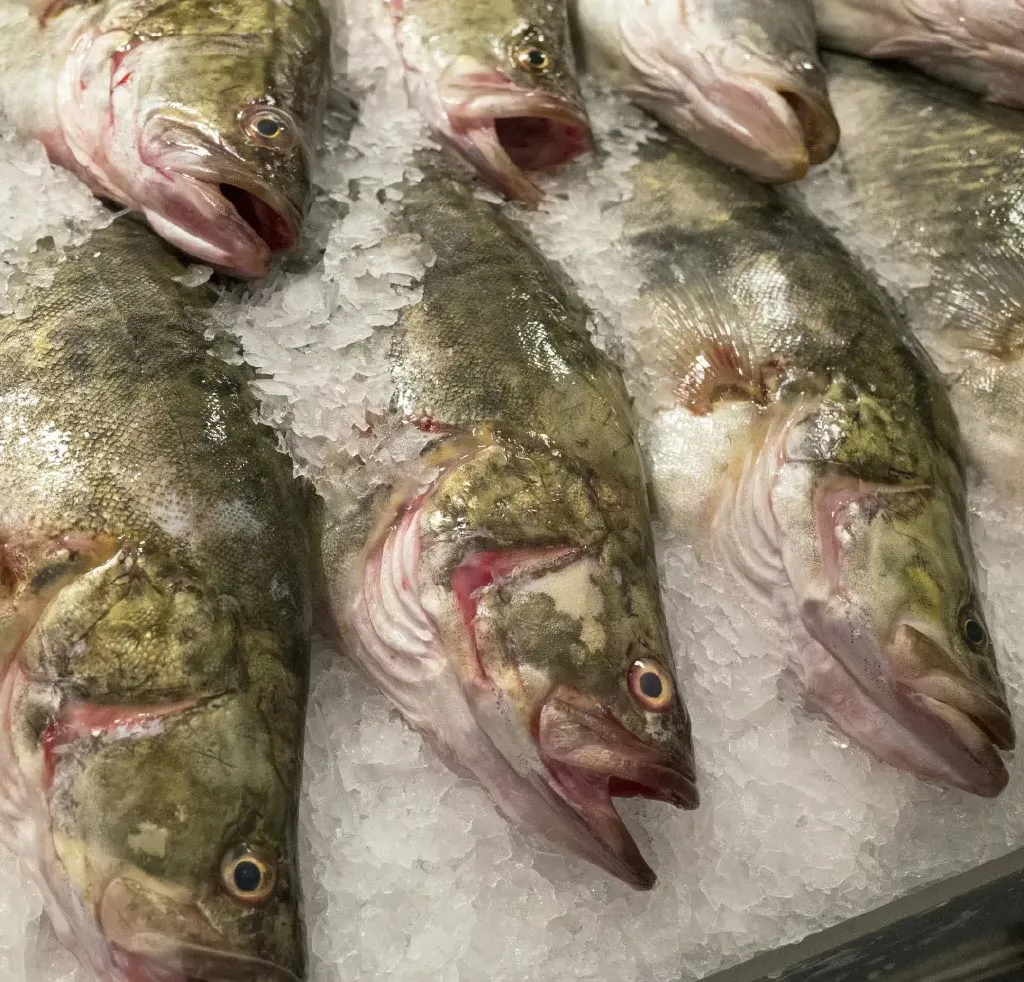
Feed Siniperca chuatsi farming has been proposed several years ago. Guangdong, a bridgehead for aquaculture, has had many attempts since 2019. Water is pumped in earthen ponds to tame the feed for Siniperca chuatsi by flushing the water. It allows it to switch to artificial compound feed. The genetic characteristics of Siniperca chuatsi determine that it only eats live bait. Therefore, taming is also a technical task. The nutrition of the artificial feed is very important. The nutrition of the artificial feed often contains some starchy components that the Siniperca chuatsi cannot digest. The long-term feeding of artificial feed will lead to liver and intestinal lesions in Siniperca chuatsi. Therefore, the feed Siniperca chuatsi faces two major problems. The first problem is the problem of taming the material. The operator has to master the technical skills of taming, a process that requires great patience, and also accept that the results of taming are often not 100% successful. The second problem is the high incidence of liver and intestinal diseases. Artificially formulated feeds cause liver lesions in Siniperca chuatsi. Then our solution is to mix the feed with some intestinal and liver-protective animal protection products when feeding. The mixing should accompany the whole process of Siniperca chuatsi farming. Also, during the management process, dissection, observation and analysis of Siniperca chuatsi should be carried out frequently so that some diseases can be prevented.
Feeder Siniperca chuatsi are raised in the case of earthen ponds. It still faces the same risks that earthen ponds face.
That is, the high incidence of diseases caused by various factors such as weather changes, water pollution, and invasion of germs. Especially, after years of farming in earthen ponds, there are a lot of harmful substances, pathogenic bacteria, viruses, harmful eggs and other dangerous factors accumulated in the substrate. This can cause great risks to the later stage of breeding. In addition, the feeds do not exactly match the nutritional needs of Siniperca chuatsi. When multiple factors are combined, the morbidity rate of Siniperca chuatsi will increase. Therefore, factory farming of feed Siniperca chuatsi is a very promising aquaculture model.
Siniperca chuatsi indoor farm advantage
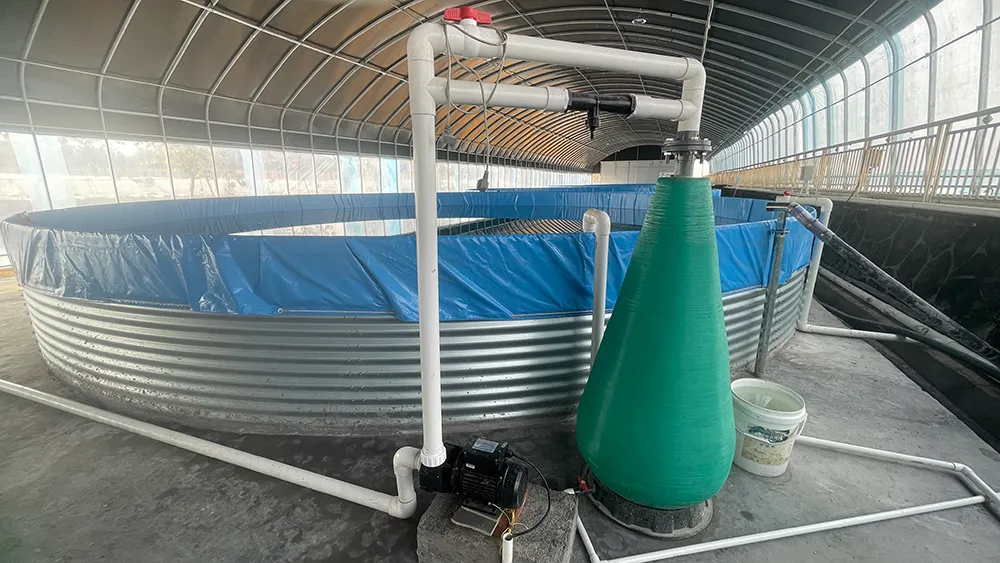
Factory farming is to reuse the manure of fish in the farmed water through filtration and biochemical processes before reusing it. In this process, we can remove the organic suspended matter in the water. At the same time, the ammonia nitrogen and nitrite dissolved in the water are discharged from the water body by cultivating bacteria and other means. So that the water quality has been maintained in a stable and reasonable state. Good water breeds good fish is the reason. At the same time of filtration, we use some equipment to operate the water body with oxygenation and constant temperature. The whole system is carried out in a relatively airtight environment. This eliminates the negative effects of various factors such as weather changes, water pollution, and disease invasion on the feed Siniperca chuatsi.


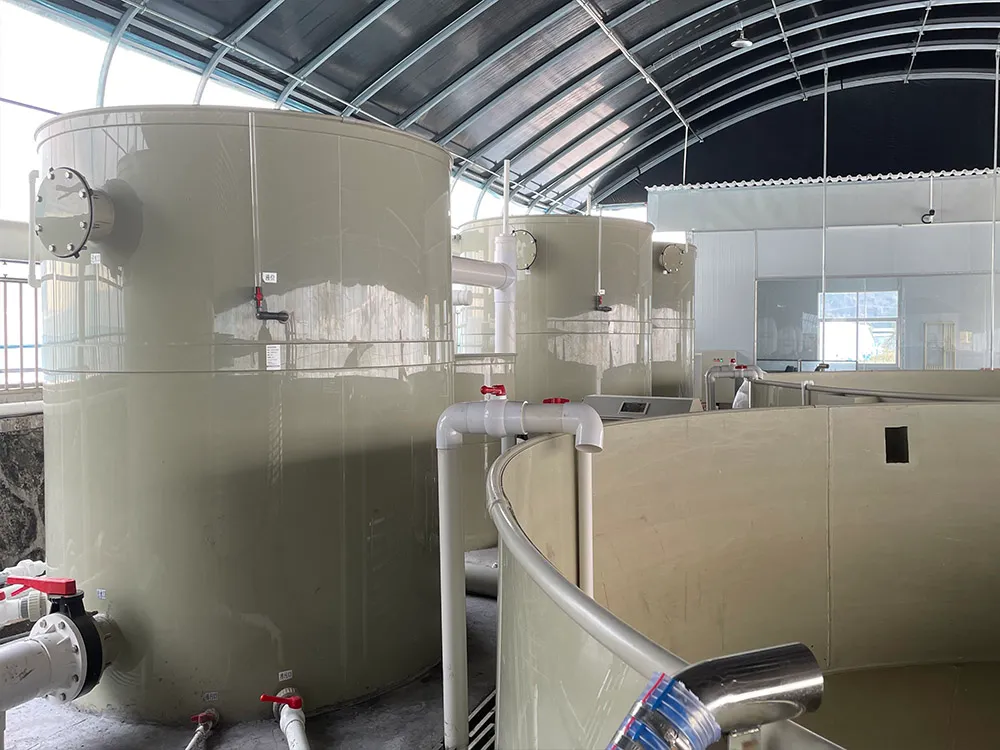
The most important feature of factory fish farming is the controllability of water quality. We repeatedly treat the water quality through the factory aquaculture system equipment, and all water quality parameters can be artificially controlled within a constant range. This creates a good environment for the healthy growth of feed Siniperca chuatsi. At the same time, we can significantly increase the breeding density of the feed Siniperca chuatsi and fundamentally improve the economic efficiency of the entire farm.
Another great advantage of factory farming feed Siniperca chuatsi is that it is done in the same environment from the domestication of the material to the post-culture. The difficulty of domestication of Siniperca chuatsi will be further reduced. Siniperca chuatsi is a cluster-loving animal. Once a group of Siniperca chuatsi is successfully domesticated with feed, then they adapt to this factory farming environment. The problems such as stress in the later period are much reduced. Siniperca chuatsi fry domesticated in outside ponds often produce a lot of stress after being transferred into a new environment. It makes the immunity of the fish decrease. There is a possibility that the fish will not eat the feed. Therefore, there is a certain failure rate of the domesticated material. We need to find ways to improve the survival rate in order to reduce our breeding costs as much as possible.


